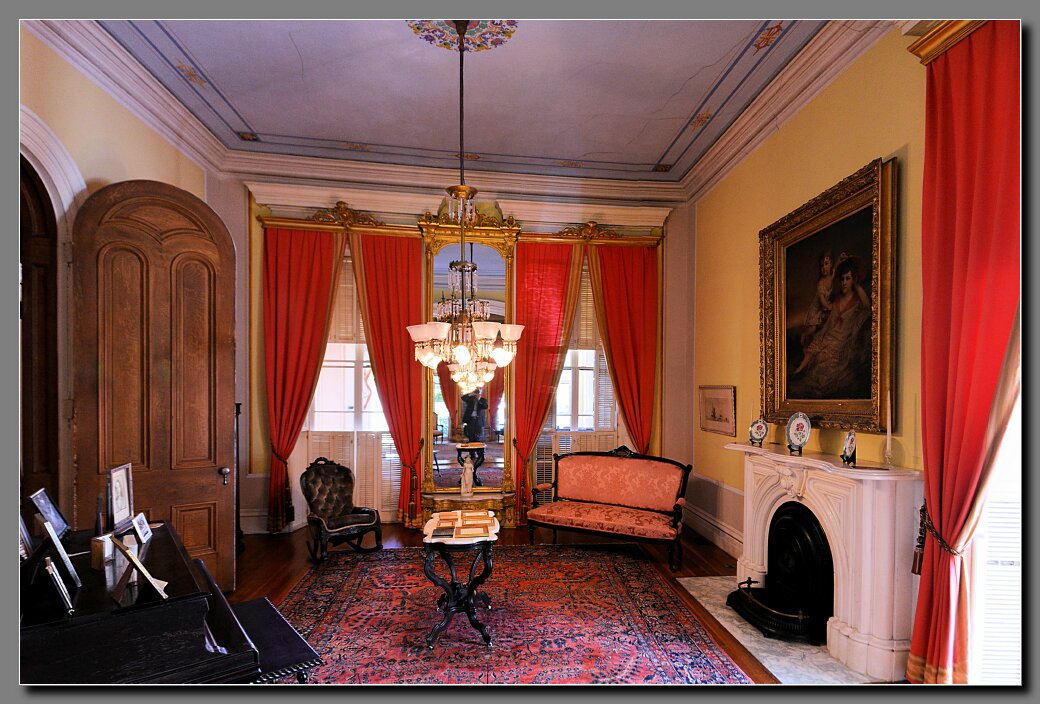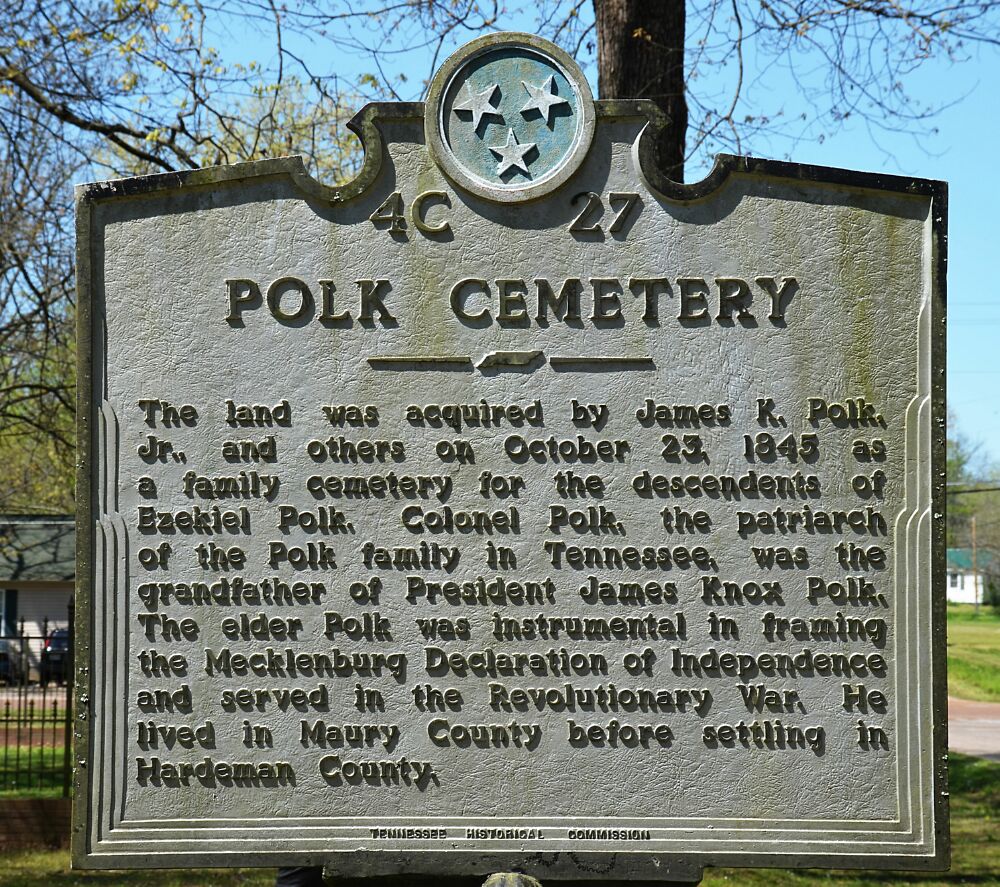This
home is unique in that it was not designed by a local architect or
built locally. It is believed the architect was Samuel Sloan of
Philadelphia and the lumber was precut and barged from Cincinnati.
The shipping stencils are still evident on the back porch
latticework and the cook's quarters mantle. Some of the features
and materials used are imported from Europe. The entry hall
dry-wall frescoes, the marble and granite, and graining on the interior
woodwork were by craftsmen unknown in West Tennessee homes of the time.
McNeal Place was built due to the death of
the only daughter of the original owner, Ezekiek K. Polk; it was
completed after the Civil War was in progress. Mrs. (Ann) Polk
was inconsolable at the death of Priscilla who was in her teens in
1854. Polk built the home on the west side of his property near
Polk Cemetery where Priscilla was buried. Ann visited the grave
each day.
During the Civil War, the home was occupied
by Union forces forcing the family to live in a single room. Ann
Polk was granted a special pass (viewable on tour) to cross the Union
lines so she could maintain her daily visit to her daughter's grave.
The architect returned during the Civil War
as a Union colonel and was instrumental in saving the building from
being burned.
In accordance with a clause in the owner's
will, no one save his direct descendants have ever lived there.
Furnishings and paintings are original to the McNeal family and
their heirs the Hills and the McDonnells.

Pictures of the House

Pictures of the Polk Cemetery